The Cadillac Lyriq Is Two Years Too Soon
The Cadillac Lyriq wasn't quite a bait-and-switch but, as the dust settles on the delayed unveil of the automaker's new electric flagship, you'd be forgiven for feeling like the EV was a tad premature. Two years premature, in fact: the luxury crossover Caddy revealed this week is actually a show car, the automaker conceded.
Production of whatever it inspires isn't expected to go into production until the end of 2022, Cadillac says. It casts a "just how real is all this?" pall over the shapely crossover EV, which certainly hasn't been shy of heaping on eye-catching details.
There's the oversized, LED-animated grille and fascia, for example, along with the love-it-or-hate-it hatchback rear with its distinctive lights. Inside, too, Cadillac has erred on the side of lavish. Four seats each a cross between what you'd find in a jet fighter and a First Class cabin, and each bathed in the glow of what seems like a thousand touchscreens, embedded displays, and illuminated panels.
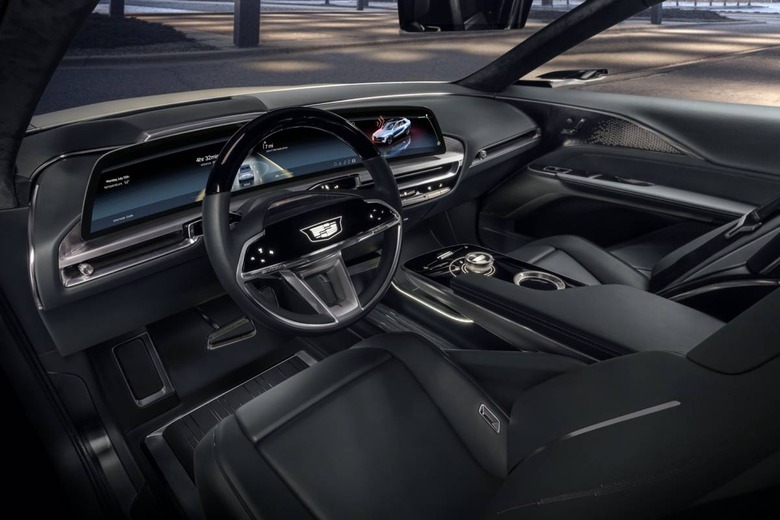
The net result somehow manages to make the dashboard – with its curving 33-inch sweep of display – look relatively mundane, despite this being the largest such panel used in automotive right now. Jewelry-like detailing to everything from the vent knobs to the door handles can be blamed for that; even the tie-down points in the trunk look like they could double as high-fashion runway belt buckles.
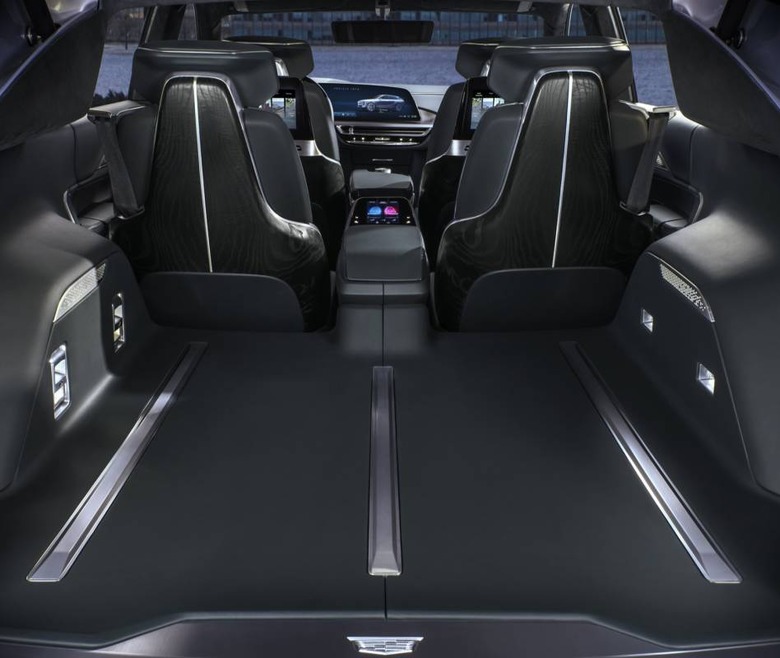
Were it a production car, we'd be deep in conversation about just what Cadillac might plan on charging for all this, and how far forward Lyriq would change the game in not only EVs but luxury interiors, period. Having spent years telling us about its vision of American Luxury, and then diluting that vision down to a faint resemblance in order to actually build it commercially, Cadillac's latest cabin felt like a dream come true. Turns out, that's because probably is.
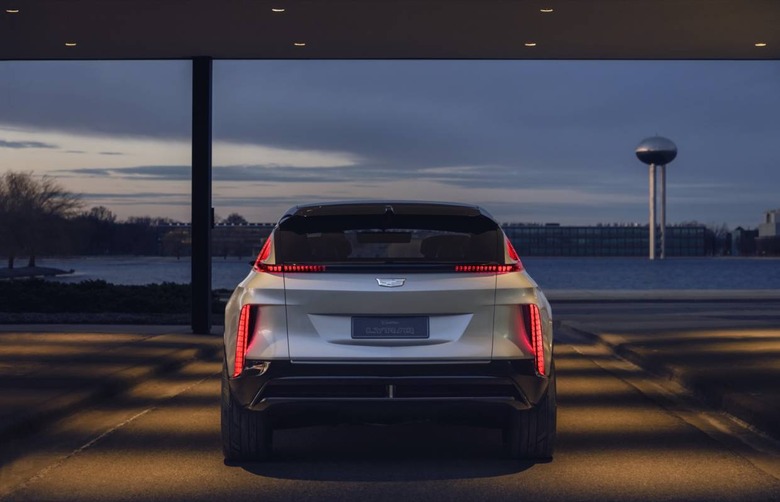
Perhaps we were naive when Cadillac first began teasing the Lyriq. After all, the automaker didn't actually say that it would be showing off a production car, only that it would be the first Cadillac to use the Ultium platform. Still, it doesn't seem out of line to be at least a little frustrated about the GM roadmap here.
Partly that's down to how enthusiastic General Motors has been about its electrification plans in general, and how vocal it has been about those plans. The automaker behemoth will have 20 new electric vehicles by 2023, it has promised, with new models across all its nameplates. There'll be everything from high-luxe EVs like Lyriq, through mainstream SUVs and crossovers that just so happen to be electrified, to utility models like pickups.
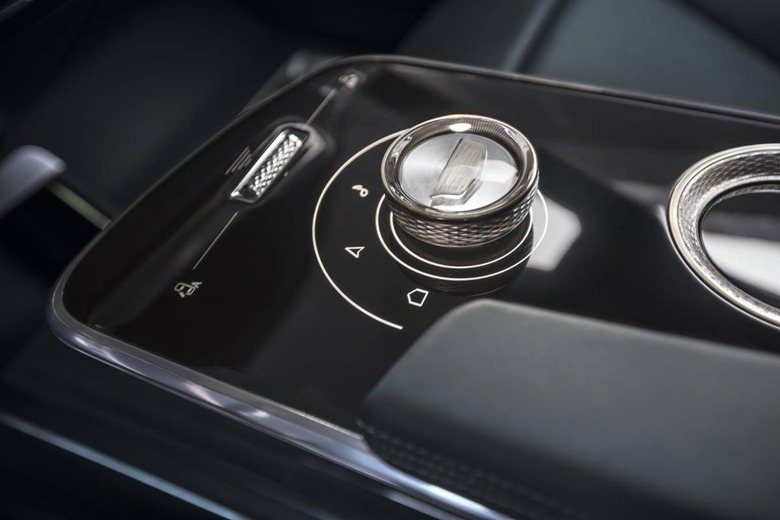
Ultium hasn't been short on hype, either. GM's modular electric platform will potentially deliver more than 400 miles of range, the company says, and be flexible enough to make affordable EVs cost-viable while also powerful and refined enough that luxury buyers won't be turned off. Different combinations of battery and drive motors will be supported, and GM will be trimming the requirements of things like rare-earth materials and other chemicals.
You'd be forgiven, then, for expecting Lyriq to be, well, a car you could consider buying one day soon, rather than a glitzy show car not to far removed from a concept. Rumor has it that the Lyriq we see here today is around 85-percent of the way to the production Lyriq that Cadillac expects to begin manufacturing at the end of 2022. Problem is, there's plenty that can go wrong in that lingering 15-percent.
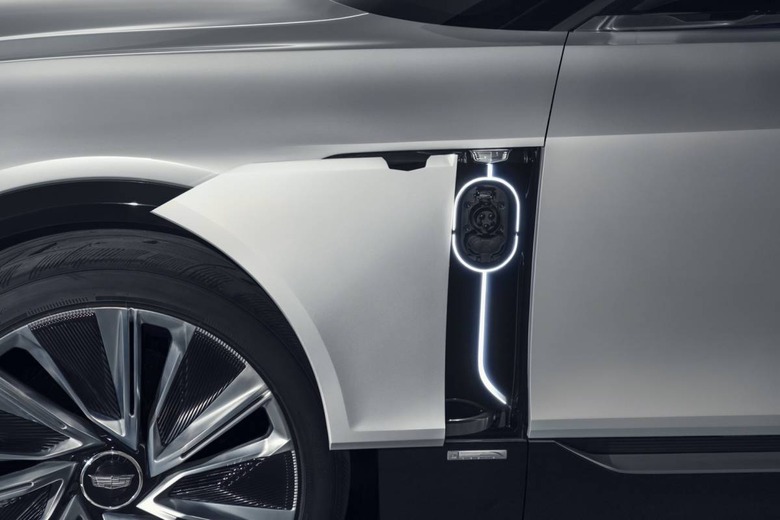
There's also plenty of competition looming. Come 2023, when it seems likely that a Lyriq you can actually buy from a Cadillac dealership will arrive, Ford's Mustang Mach-E will have been on the market for more than a year. Audi will have several electric crossovers on offer; Mercedes and BMW should have options there too. There's at least one electric Lincoln in the pipeline, and that's before you start to consider Tesla and others.
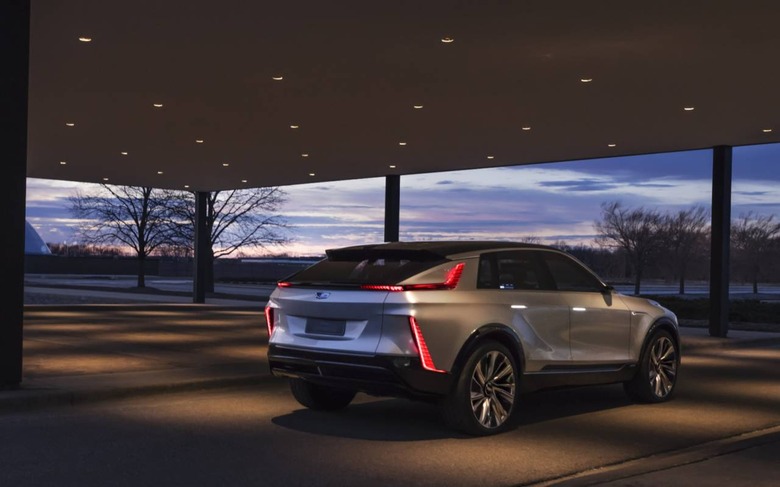
Only a fool would count out GM at this stage. Certainly, it may have been slower than some to get onboard the EV train, but when its juggernaut is finally up to speed the electric vehicles will be coming thick and fast. Nobody doubted its ambition and ability to put such cars in dealerships for all of its nameplates, after all.
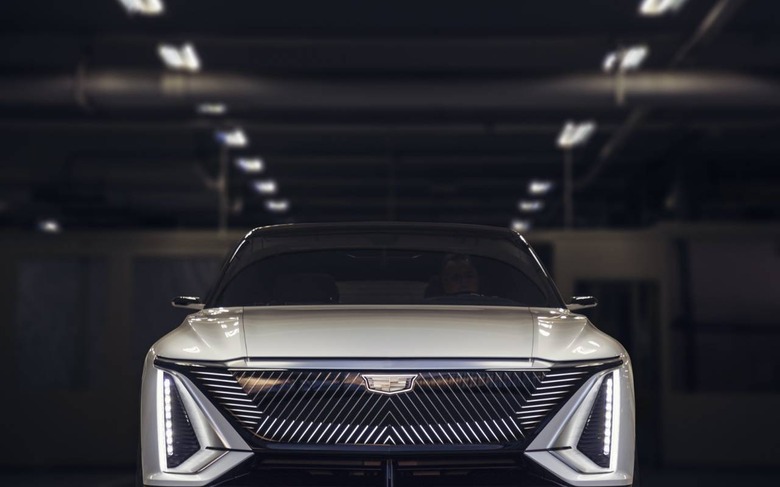
Still, there's a difference between "offering an EV" and "offering an EV that people want to buy." Lyriq is evidence that Cadillac knows how to make a compelling show car, but then again we had that evidence before in the shape of the Escala, the Elmiraj, and indeed all the way back to 2011's Ciel. Two years is a long time in this electric age, and GM will need to work hard if it's to actually benefit in sales from what enthusiasm Lyriq and cars like it might generate.
